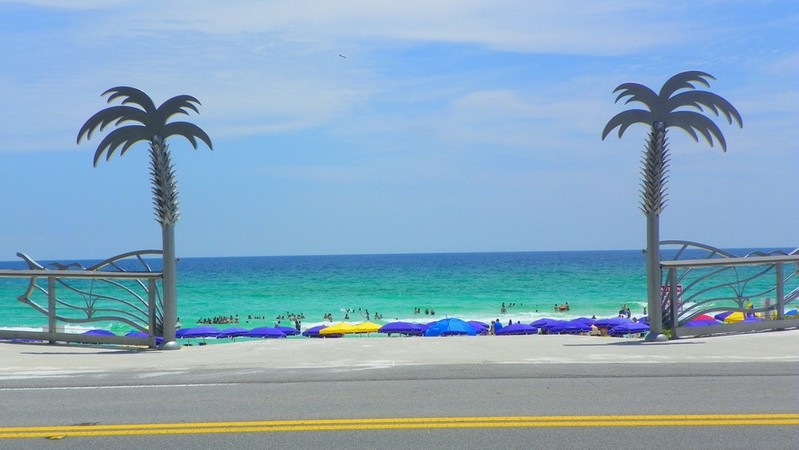Indian Energy Wars
Protests over the Dakota Access Pipeline (DAPL) are the latest Indian Wars. They pit Indian Nations against energy developers, tribes against tribes, and, tribes against the federal government, the last being the most formidable foe of all.
The war against the DAPL has received the most attention, but the facts have been blurred. The two main allegations by the Standing Rock Sioux Tribe are that the pipeline encroaches on tribal cultural sites suggesting that it crosses the Standing Rock Reservation and that it threatens the reservation’s water supply.
In fact the pipeline is being built entirely on private lands except where it will cross under the Missouri River. One hundred percent of the landowners signed contracts for the pipeline easements.
There is a chance that cultural sites will be discovered on these private lands during the construction process, but such discoveries are unlikely because of the extensive archeological investigations conducted in the siting process. Moreover, the DAPL route parallels an existing pipeline and power line, for which other archeological investigations were made.
Similar archaeological arguments were made in opposition to oil development on the Fort Peck Reservation in Montana. To this tribal councilman Stoney Anketell responded, “We’re not shortchanging the need for archaeological reviews, but on land that has been farmed for 70 years? It’s been tilled, plowed, planted, harvested. There’s no teepee rings.”
The possible risk to the tribe’s water supply is real but minuscule, especially when compared to the risk of transporting the oil by truck or rail. When comparing the risk of spills associated with the Keystone XL Pipeline, the State Department estimated that the Keystone XL carrying 830,000 barrels a day would likely spill 518 barrels a year compared to 1,335 barrels a year for rail transport.
If there is a spill from the DAPL, it could contaminate the tribe’s water supply in the short run. This happened to the town of Glendive, Montana, when a pipeline crossing the Yellowstone River ruptured in January 2015. The 30,000 gallons of crude contaminated drinking water in the short run, but the Montana Department of Fish, Wildlife, and Parks reported just four months later that it had “not see or been able to document any impacts, long term anyway, to the river, or the fisheries in it.”
Further mitigating any serious threat to the water supply is the fact that the tribe’s intake is scheduled to be moved to a location 70 miles downstream from the DAPL crossing by the end of the year. In the case of the Yellowstone spill, the effects were noticeable for only a 25 mile stretch of the river.
Delaying construction of the pipeline also pits tribes against tribes. Some of the oil that will be carried by DAPL will come from the neighboring Fort Berthhold Reservation. Since the Bakken shale-oil boom started in 2000, hundreds of wells drilled on the reservation have earned the Mandan, Hidatsa, and Arikera Nation more than $500 million. Indeed, the boom has slowed with lower oil prices, but making it more difficult to transport crude from the Bakken will do nothing to help Fort Berthold.
This is similar to environmental protests against a proposed coal export terminal in northern Puget Sound. In that case the Lummi tribe successfully objected to the terminal on the grounds that it would threaten their fishing rights, never mind the fact that the terminal would have covered only 120 acres of water. The loser was the Crow Nation in Montana that needs export terminals to market its coal to Asia.
But the biggest foe for the Standing Rock Sioux is the federal government itself, entrusted with protecting Indians since Chief Justice John Marshall declared Indians “wards” of the state in 1832. After the first Indian Wars, the federal government signed treaties setting aside 43,000 square miles as the Great Sioux Nation. That territory would include much of the DAPL route. However, in 1889, it “repossessed” much of the territory opening it for white settlement and creating the private lands on which the pipeline will be built. Since then, the federal government has nothing to give Native Americans confidence in their trustee.
A paper by 3 Texas A&M political scientists, forthcoming in the Policies Studies Journal, shows how “paternalistic control over Indian nations” has failed to protect tribal water quality under the Clean Water Act and the Safe Drinking Water Act supposedly enforced by the EPA. Comparing regulatory compliance and enforcement on and off reservation, they find 125 percent more management violations and 57 percent more health violations for tribal water utilities under.
American Indians have a right to be fearful that projects such as the DAPL could violate their rights to land and water, but their fear would be better focused on the “Great White Father.”
Mr. Anderson is a senior fellow at Stanford University’s Hoover Institution and at PERC, Bozeman, MT. He edited Unlocking the Wealth of Indian Nations.
http://www.forbes.com/sites/realspin/2016/10/06/indian-energy-wars/#5d1138f01469
